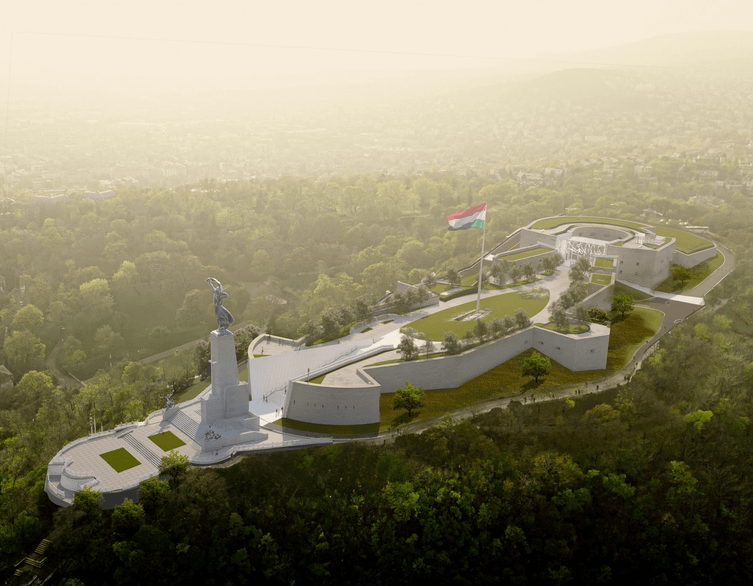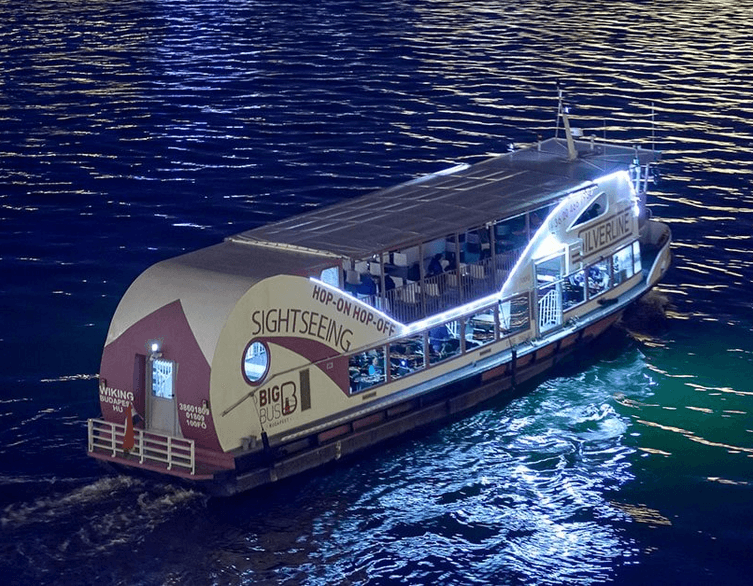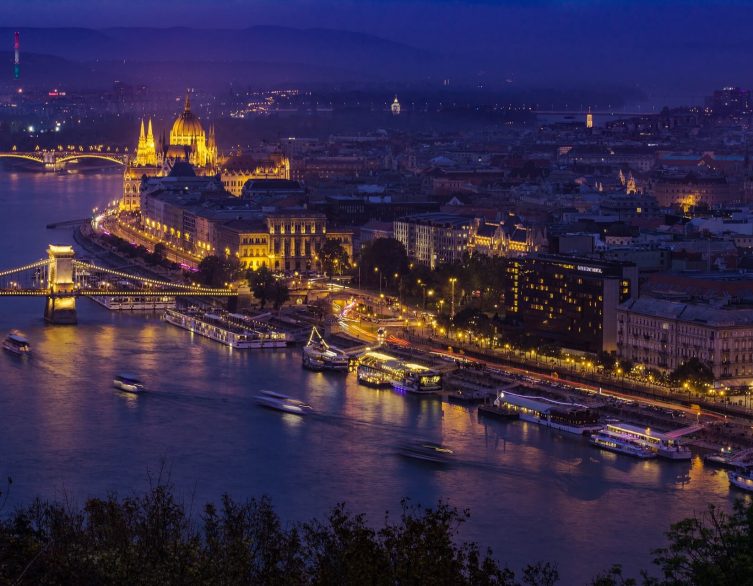Budapest’s Citadella Returns: The Untold Story Behind 11 Years of Closure

One of Budapest’s most iconic yet mysterious landmarks is finally returning to the public after more than a decade in seclusion. The Citadella, perched majestically atop Gellért Hill, remained closed for exactly eleven years, its chaotic history leaving this prime location in a state unworthy of the capital’s crown jewel. Built by the Habsburgs after crushing the 1848-49 Revolution, this fortress has long awaited the comprehensive renovation that would not only restore its walls but give the entire area new meaning and purpose. If you’ve been among those yearning for the unparalleled panorama from Gellért Hill’s summit, there’s excellent news: the transformation is complete, and the public will gain access to the renewed area in spring 2026. Forget the locked gates and confused past—the Citadella’s new era speaks of openness, green spaces, and freedom.
The Real Reason for Closure: Commandos and a Tangled Web
The Citadella’s story during the post-communist transition years reads like an adventure novel. For an extended period, a rather murky group of tenants controlled the fortress, effectively blocking development and preventing dignified use of the space. This situation proved utterly unsuitable for a UNESCO World Heritage site and a structure standing at Budapest’s heart. The confusing tenant situation eventually ended in dramatic fashion on May 5, 2014, when commandos seized the Habsburg-built fortress, bringing this turbulent chapter to a close. Following the takeover, an eerie silence descended upon the building crowning Gellért Hill.
The turning point arrived in 2015 when the building entered the management of the Castle Directorate, tasked with comprehensive renewal of this World Heritage location. This date marks the true beginning of restoration work. The project unfolded in multiple phases, starting with condition assessment, archaeological investigations, and planning work, followed by renovation of the Citadella’s inner courtyard and reconstruction of exterior walls, laying groundwork for complete transformation. Archaeological work revealed fascinating discoveries including Celtic, Roman, and Turkish-era artifacts, while structural engineers worked to stabilize walls that had deteriorated dangerously over decades of neglect. What began as necessary closure evolved into an extraordinarily important intervention that would fundamentally reshape this historic site.
Opening on Three Sides: Behind the Scenes of Transformation
One of the renovation’s most crucial objectives involved making the Citadella more open and accessible to everyone. Previously, the fortress featured only a single entrance, effectively shutting visitors out from most of the area. The transformation brought radical changes that fundamentally alter both the site’s function and its integration into Budapest’s urban fabric.
Instead of one narrow gateway, the structure now opens to the public at three separate points. Walls were cut through and dramatic staircases created, multiplying access and symbolizing a profound shift in the fortress’s purpose. This triple opening carries symbolic weight—replacing former isolation with freedom and community space functionality. Where Habsburg architects designed a fortress to surveil and control the rebellious city below, twenty-first century vision creates gathering places and welcoming pathways.
Better accessibility defines the new experience. The spectacular staircases and multiple entrances make reaching Gellért Hill’s summit and exploring the fortress grounds significantly easier than before. Visitors of all mobility levels will find the site more accommodating, with modern elevators and barrier-free entrances ensuring that the breathtaking views become available to everyone, not just the physically fit who could manage steep climbs.
According to the Castle Directorate’s announcement, the area has become an open, livable, and lovable community space—standing in stark contrast to the fortress’s original oppressive function following the crushing of the 1848-49 Revolution. This structural transformation establishes the foundation for a genuinely new Citadella to emerge in spring 2026. Instead of the former dark, closed fortress, visitors will encounter a light-filled, welcoming park and cultural center.
Spring 2026: Twenty Thousand Square Meters of Green and Unrivaled Viewing Terraces
The Citadella renovation extended far beyond the building itself to encompass the entire surrounding environment. One of the most spectacular changes involves the dramatic increase in green space, benefiting both Budapest’s air quality and visitor experience.
The numbers tell an impressive story of green transformation. A new 6,000-square-meter public park has been created within the fortress grounds, designed with functionality focused on environmental sustainability and self-sufficiency while prioritizing preservation of natural values. Beyond the fortress walls, the green area in the Citadella’s immediate surroundings has expanded to one and a half times its previous extent, reaching 20,000 square meters where rare plant species will find home.
Best deals of Budapest
This massive green expanse transforms the Citadella into a genuine oasis crowning Gellért Hill. Walking paths wind through carefully designed gardens featuring unique botanical specimens, while seating areas invite visitors to pause and absorb the atmosphere. The combination of historical architecture and lush vegetation creates an unexpected urban retreat where nature and heritage intertwine seamlessly.
Alongside expanded green spaces, the viewing experience has been dramatically enhanced. Multiple viewing terraces now provide vantage points for admiring Budapest’s panorama from various angles and elevations. These terraces offer complete 360-degree views encompassing the Danube’s serpentine course, the grandeur of Buda Castle, the green expanse of Margaret Island, and the sprawling cityscape extending to the horizon. The Liberty Statue’s pedestal has also been renewed as part of the project, creating a worthy setting for this national monument. The panoramic views from these terraces will undoubtedly rank among the most popular features when the Citadella opens in spring 2026.
The Bastion of Freedom: Seventeen Hundred Square Meters of Exhibition and Glass Bridge
The renewed Citadella represents far more than a beautiful park and viewing terrace—it will function as a serious cultural center bringing Hungarian history to vivid life. Within the western gun tower, a monumental multi-level exhibition spreading across 1,700 square meters has been created. This display bears the title “Bastion of Freedom,” perfectly referencing the radical reversal of the building’s original function from fortress of oppression to celebration of Hungary’s struggles for liberty.
The exhibition’s title carries profound meaning. The Habsburgs built this fortress explicitly to intimidate Budapest’s population after the failed 1848-49 Revolution, with cannons pointed inward at the city rather than outward for defense. Transforming this symbol of imperial dominance into a space celebrating Hungarian freedom movements represents poetic justice and national healing. The permanent exhibition will guide visitors through centuries of liberty struggles, helping international tourists understand the deep currents of independence that flow through Hungarian identity.
Beyond the historical exhibition, additional distinctive features await visitors throughout the complex. A glass-structured pedestrian bridge represents striking modern architectural design, connecting different sections of the Citadella while creating visual drama through transparency and light. In the inner courtyard, an artificial water feature has been installed, lending freshness and contemporary atmosphere to the historic environment. The gentle sound of water provides acoustic relief from urban noise while creating peaceful ambiance for contemplation.
An eternal flame will stand as a symbol of remembrance and respect, honoring those who fought for Hungarian freedom across the centuries. As mentioned earlier, the Liberty Statue received renewed surroundings befitting its importance as one of Budapest’s most recognizable symbols. After darkness falls, newly designed lighting will dramatize both fortress walls and the Liberty Statue, transforming the hilltop into a luminous jewel visible across the city.
A New Era Begins
The opening after eleven years represents a genuine milestone in Budapest’s life, completing the transformation of Gellért Hill’s fortress into a true center of freedom and community. The journey from murky tenant control through commando intervention to comprehensive restoration reflects broader Hungarian narratives of struggle, persistence, and ultimate triumph.
For visitors to Budapest, the spring 2026 opening offers something entirely new—a destination that honors deep history while embracing contemporary design and environmental consciousness. The Citadella will serve multiple functions simultaneously: panoramic viewing platform, peaceful green retreat, educational cultural center, and symbolic statement about freedom’s ultimate victory over oppression.
The accessibility improvements ensure that this transformation benefits everyone. Families with young children, elderly visitors, and those with mobility challenges will find the renewed Citadella welcoming rather than forbidding. The café and gift shop will provide comfortable amenities, while the extensive green spaces offer room to spread out and avoid crowding even during peak visiting hours.
Spring 2026 cannot arrive soon enough for those eager to experience this remarkable transformation. The Citadella’s new chapter writes itself not in military intimidation but in open doors, growing gardens, and stories of freedom told to visitors from around the world. This wonderful new community space will soon be yours to explore, photograph, and remember as one of Budapest’s most inspiring destinations.
Related news
Related attractions




















